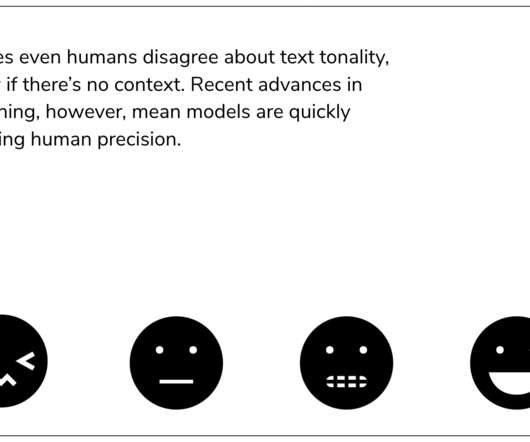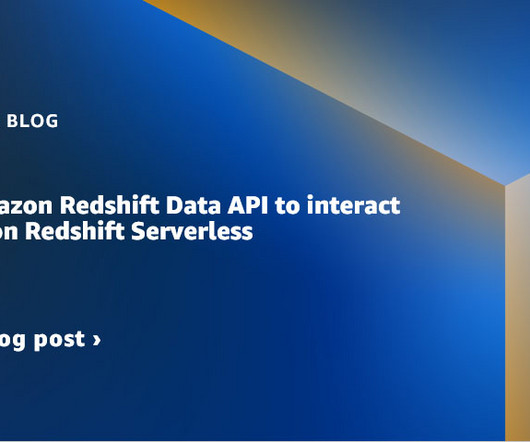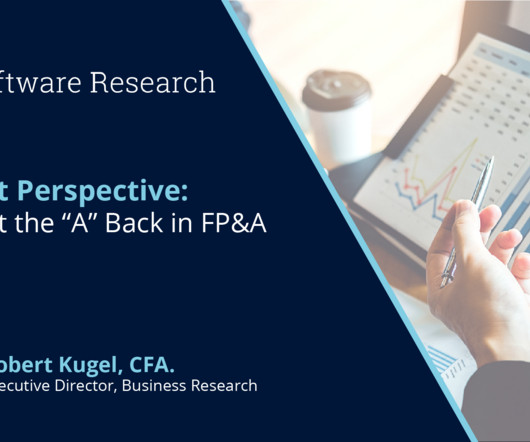GraphDB Users Ask: Is RDF-Star The Best Choice For Reification?
Ontotext
NOVEMBER 4, 2021
As an abstract knowledge representation model, it does not differentiate between data and metadata. Therefore, if you want to model quadruples or more complex relationships, which store both the data (triple) and its metadata as a single datapoint, you have to normalize the connection somehow. standard. . <<




















Let's personalize your content